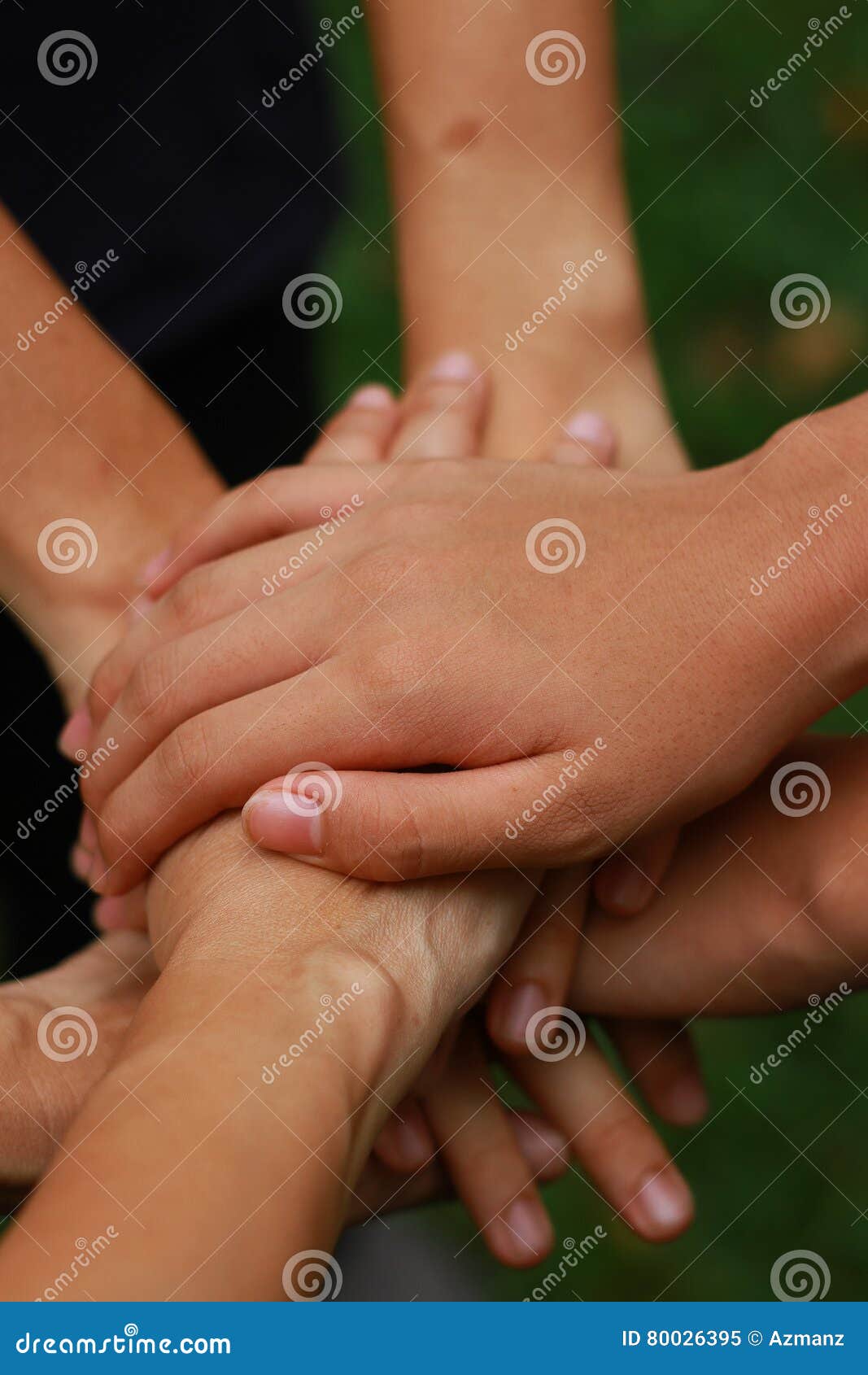

Prekindergarten in particular is heavily dominated by women, perhaps because younger kids might be dismissed as requiring little more than “Wheels on the Bus” sing-alongs. Additionally, nine in 10 elementary-school educators are women, according to Ingersoll’s study, compared with six in 10 of their high-school counterparts. Notably, close to half of all principals today, including two-thirds of those serving high schools, are men, as are more than three-quarters of school-district superintendents. Within a given field, the more prestigious positions attract more men. These trends reinforce each other in perpetuity. And that has its own consequence: Research has found that employers place less value on work done by women than on that done by men. This cultural disregard for teaching has a gendered consequence: The status of a given career tends to correlate with the share of men in that profession-higher status equals more men, generally speaking. On the one hand, survey participants in the United States gave teachers a middling ranking, and tended to liken them to librarians respondents in countries such as China and Malaysia, on the other hand, put teachers in first place, analogizing them to doctors. In 2018, a survey of people in roughly three dozen countries asked respondents to rank 14 different professions-including teaching, medicine, law, social work, and website engineering-by each career’s perceived social status. Unlike in many other countries, in the United States, teaching has long been seen as a relatively low-status profession. What explains these contradictory trends? Much of it comes down to misunderstandings of what teaching entails and how those assumptions intersect with gender norms. colleges were majoring in education today the share has dropped to 11 percent. Other research shows that fewer female college students are seeking teaching degrees: In the late 1970s, roughly a third of the women enrolled in U.S. Ingersoll and his research team highlight the rising proportion of women who are, for example, physicians (from 10 percent in 1972 to 40 percent in 2018, according to Bureau of Labor Statistics data and federal surveys), lawyers (from 4 percent to 37 percent over the same time period), and pharmacists ( 13 percent to 63 percent). An index that measures how many women or men would need to change jobs to achieve equal gender distribution across occupations fell 26 percent from 1972 to 2002, when it was at its lowest point, according to a 2010 report by the Institute for Women’s Policy Research.

Generally speaking, starting in the 1970s the country’s occupations witnessed a significant decline in gender segregation, as the number of women in the workforce soared. The trend is “odd,” Ingersoll and his co-authors- all education scholars, and most of them former classroom teachers-write in the report. (From 1987 to 2015, the size of the teaching force increased by more than 60 percent, from about 2.5 million to about 4.5 million, according to the recent report, which helps explain why the field tipped further female despite the rising number of men in the profession.) During the 1980–81 school year, roughly two in three-67 percent-public-school teachers were women by the 2015–16 school year, the share of women teachers had grown to more than three in four, at 76 percent.

According to the study, led by the University of Pennsylvania professor Richard Ingersoll, the nation has witnessed a “slow but steady” increase in the share of K–12 educators who are women. Yet despite this, the gender distribution in the profession has strangely grown more imbalanced, according to recently released data, largely because women are still pursuing teaching at far greater rates than men. These changes also prompted the reverse-albeit to a lesser extent: The number of men seeking classroom careers rose and has grown by 31 percent since the early 1980s. In the mid-20th century, however, cultural and political shifts prompted a surge in the number of women seeking employment in traditionally “masculine” sectors. Within a few decades, the choice to teach young children was solidified as an inherently “feminine” pursuit in fact, girls who couldn’t or didn’t want to be homemakers had few other job options. By the late 1880s, women made up a majority-63 percent-of all the country’s teachers (though men continued to make up most of the high-school teaching force until the late 1970s). As schoolhouse doors opened to children of all social classes and genders, so too did the education profession. Then the profession’s gender composition shifted dramatically around the mid-19th century, when the country’s public-school system was born. Teaching in the United States was once considered a career for men.


 0 kommentar(er)
0 kommentar(er)
